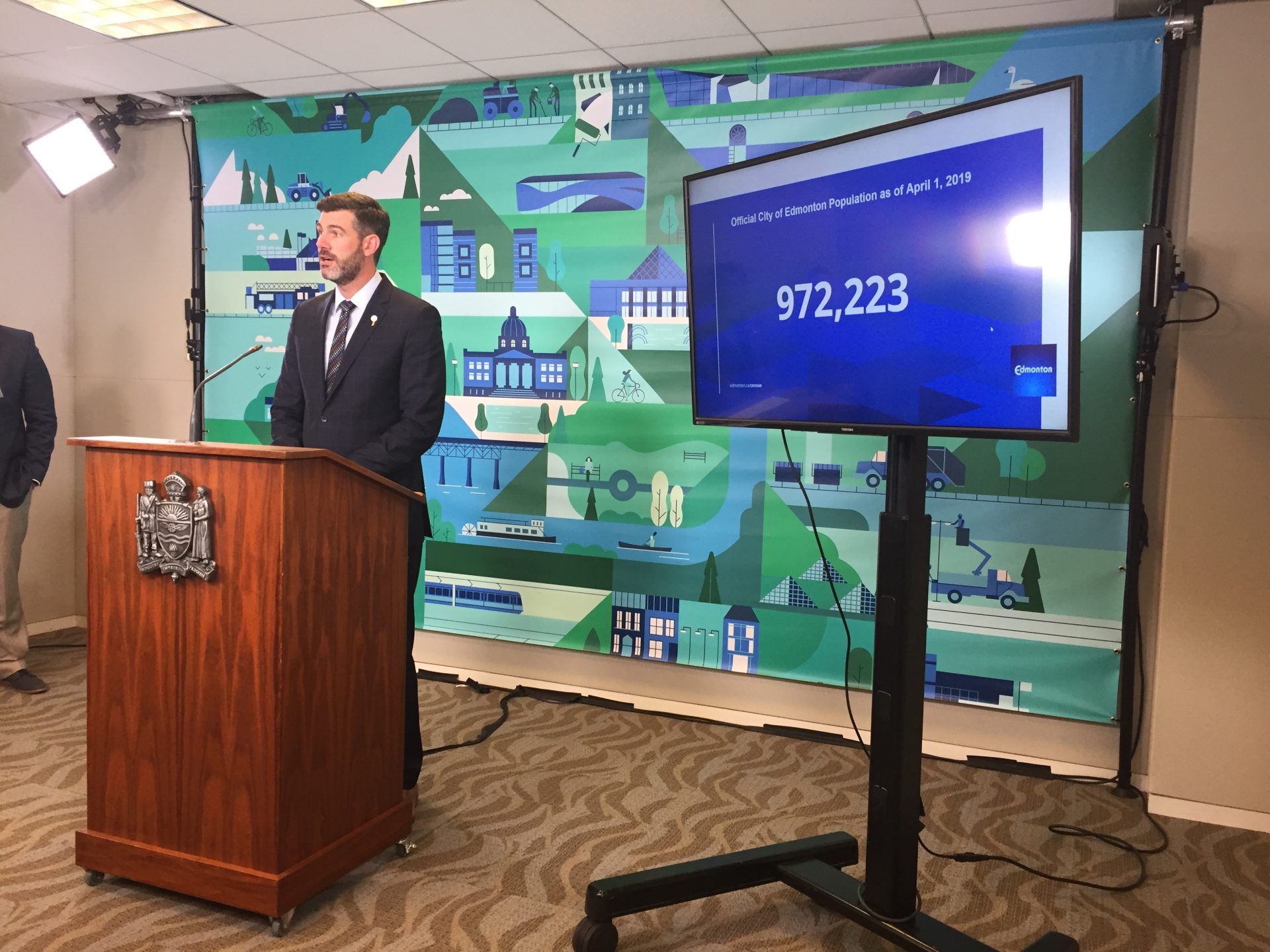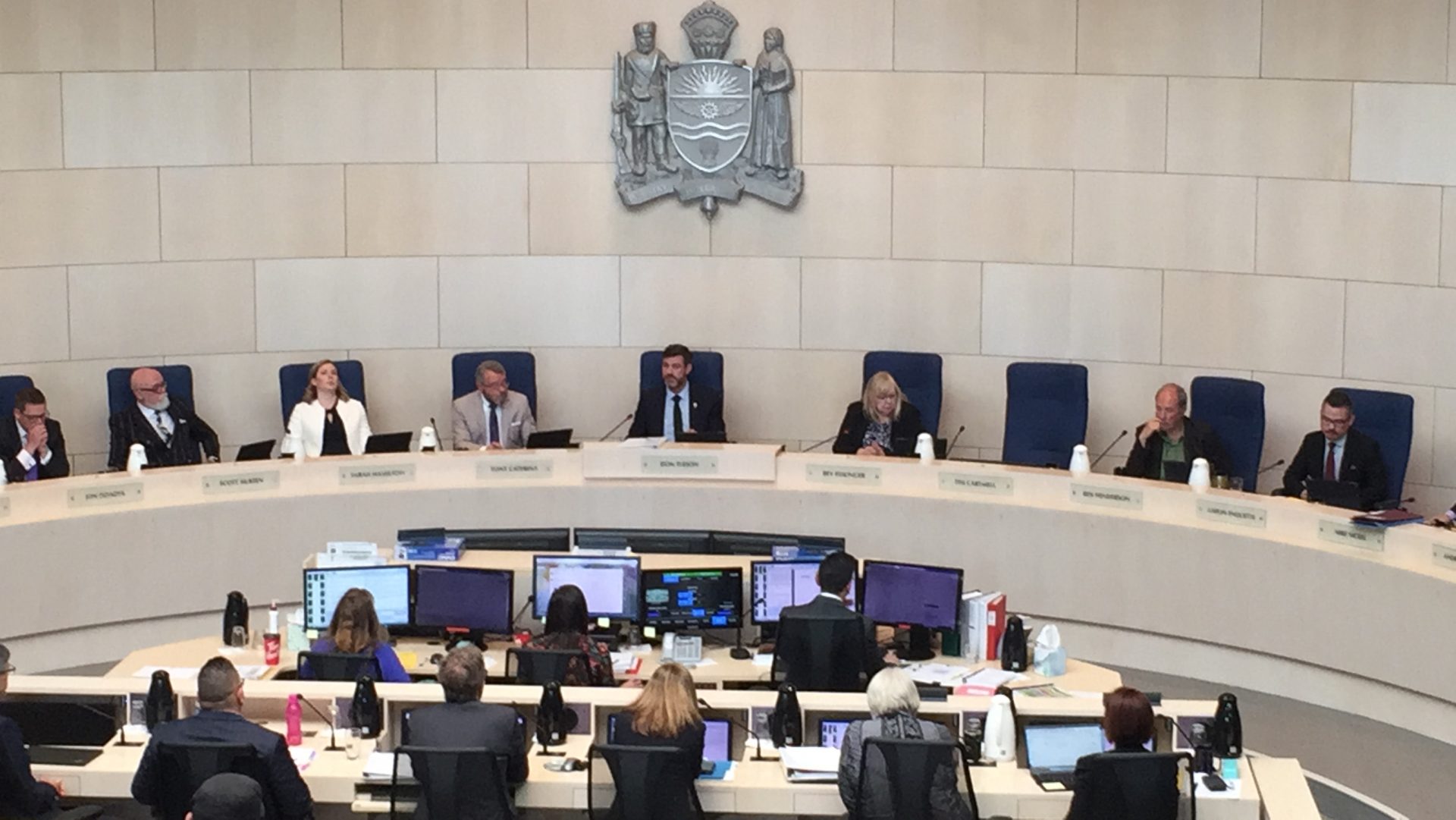ICYMI: Council is back from break!
Fall is almost here! I hope you had a great summer and I wish you all a happy back to school season. This one is a long one, so let me just jump to it:
Census
We recently released our new census numbers! Edmonton’s new population is…*drumroll*… 972,223! That means we’ve added 72,000 new residents since our last count in 2016. To put that into context, that’s like adding the population of Grande Prairie to our city population-wise. This is excellent news: our growth shows that Edmonton is an attractive place to call home – one that offers a high quality of life and wonderful opportunities for work, rest and play.
A key highlight of our Census is that we continue to have one of the youngest populations in Canada. Over half of our population is under the age of 39! This is a positive sign for Edmonton — one that speaks to the vibrancy of our city. I’d like to thank all of you who responded to the Census – your participation matters. The Census is not just about numbers for us, it’s one of the planning tools that help us shape how programs and services are delivered to Edmontonians. It’s also a critical tool to help us advocate for our share of provincial and federal dollars that are meant to support our fast growing population and infrastructure needs.
Building Our ‘Missing Middle’: Infill housing in Edmonton
Last week City Council approved changes to the Zoning Bylaw that will introduce more flexibility to 5 different zones in order to allow for more diverse multi-unit housing options to be built in neighbourhoods across the city. This means we’ll see more basement and garden suites in conjunction with a single family home.
If we’re serious about building a city for a million people, we need more ‘missing middle’ housing, like basement and garden suites, to help manage our growth. We’ve known for decades that we need to grow denser and these changes will help us address this by encouraging infill development in our mature and existing neighbourhoods. I began advocating for this when I first became a councillor 10 years ago. I’m happy to see my colleagues and I are all on the same page and I’m excited to see Edmonton’s neighborhoods become more vibrant, diverse and affordable as a result.
City supporting small business
Speaking of vibrant neighbourhoods, I recently visited The Grizzlar Coffee & Records in Queen Mary Park. Grizzlar benefited from one-on-one support provided by our local economy team. They helped Drew (Grizzlar’s owner) scout locations that would work for his business based on zoning and safety codes, and they also assisted him during the permit process, ensuring his applications were complete and moving along well. I’ll be visiting more small businesses like Drew’s that have received City support; and if you’re interested in starting a business but aren’t sure where to start visit this page.
Blue Ribbon Panel
You might have seen on the news that the Province unveiled the results of it’s Blue Ribbon Panel this week. We share the provincial government’s desire to build a strong economic future for our province and will continue to work towards that goal here at council. I’d also like to stress, however, that our expectation is that the provincial government keeps its promise to uphold our City Charter deal, which already recognized the province’s fiscal challenges with a 42% cut compared to the previous infrastructure grant. The amount of money we receive from this deal is dependent on how well the economy is doing. That is why Edmonton is committed to attracting more investment and creating jobs. The Province’s commitment to this deal is important because it helps the city plan long term and ensures we’re able to invest in assets that will support our current and growing population.
Edmonton’s Climate Declaration
You might have seen in the media that in August council passed two important motions that set Edmonton on the right course to effectively combat climate change. The first was a motion to bolster the City of Edmonton’s Energy Transition Strategy by increasing greenhouse gas emission reduction targets. The new targets will align Edmonton’s emission reductions to the Edmonton Declaration, which calls on cities to recognize the urgent need for action that will limit global warming to 1.5 degrees Celsius. The second motion was a declaration of a climate emergency in Edmonton. There has been much talk about whether or not the declaration is “alarmist rhetoric” — but I’d state that it’s actually pragmatic: a response to science first and foremost.
It is a fact that global emissions are reaching record levels and show no sign of peaking. It is also a fact that if we must limit destabilizing warming to 1.5 °C because if we do not, climate change will continue to cause frequent and intense weather events that wreak havoc on communities, disrupting commerce and people’s lives. We already see the impact these weather events are having on food production, freshwater sources, and how they impact the economy, cause climate migration and loss of life. I noted in council that an emergency is defined as a serious, unexpected and often dangerous situation requiring immediate action. Climate change fits this test. The clock is ticking, and we don’t have much time left. If we are to tackle climate change we must acknowledge that it needs our attention and urgent care at the local level, as well as the national and planetary level.
Putting Edmonton on an emergency footing helps provide the urgency we need to tackle this important issue — declaring an emergency does not mean a loss of hope. It acknowledges what Edmontonians (73% of them) are saying: that climate change is an imminent threat and we need to address it now. An emergency declaration allows us to advocate for this issue on a global stage and ensures funding around climate change initiatives gets priority. It aligns us with other jurisdictions who have also declared a climate emergency (we’re one of 800+ and counting) and adds our voice to this movement.
The declaration is ONE piece of the puzzle however. Our soon to be updated Energy Transition Strategy will provide us with a road map that will ensure we reach the 1.5 degree Celsius target. Adapting to climate change means we become economically resilient and it means we’ll secure a better future for our children. Economic opportunities will reside in low carbon technologies and processes and low emissions cities will be positioned to take advantage of those opportunities. Our city will be at a competitive advantage if we pursue deeper, more ambitious emissions reductions targets now. I’m looking forward to our greener future.
I’m grateful for the chance to catch up with you all. If you’re interested in receiving more updates like this, sign up for our newsletter!


